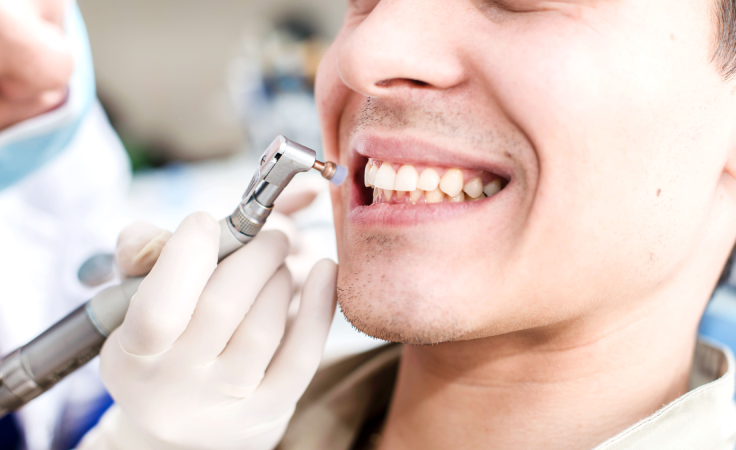
Teeth Cleaning
Teeth cleaning, also known as dental prophylaxis, is a crucial part of maintaining good oral health. It is a professional dental procedure performed by a dental hygienist or dentist to remove plaque, tartar, and stains from the teeth.
Plaque is a sticky film of bacteria that constantly forms on teeth, and if not removed regularly, it can lead to tooth decay and gum disease. Over time, plaque can harden and turn into tartar, which cannot be removed by regular brushing and flossing alone. Dental cleaning helps to eliminate these harmful substances and prevent oral health problems.
The teeth cleaning process typically involves the following steps:
1.Examination: Before starting the cleaning, the dental professional will examine your mouth to assess your oral health. They will check for cavities, signs of gum disease, and other dental issues.
2.Scaling: Using special dental instruments, the dental hygienist or dentist will carefully scrape off the plaque and tartar from the surfaces of the teeth. This process, known as scaling, targets areas that are difficult to reach with a toothbrush.
3.Polishing: After scaling, the teeth are polished using a gritty paste and a rotating brush or rubber cup. Polishing removes surface stains and gives the teeth a smooth, clean finish.
4.Flossing: The dental professional will floss between your teeth and along the gumline to remove any remaining plaque and food particles.
5.Fluoride Treatment (optional): Some dental cleanings may include a fluoride treatment. Fluoride is a mineral that helps strengthen tooth enamel and protect against cavities.
 WhatsApp
WhatsApp